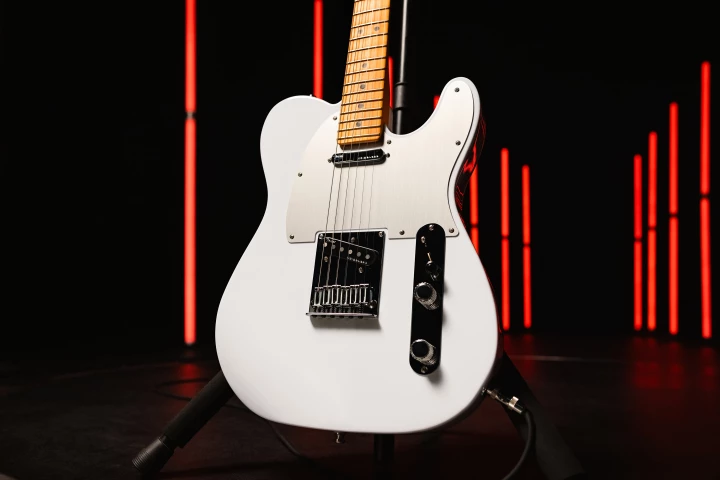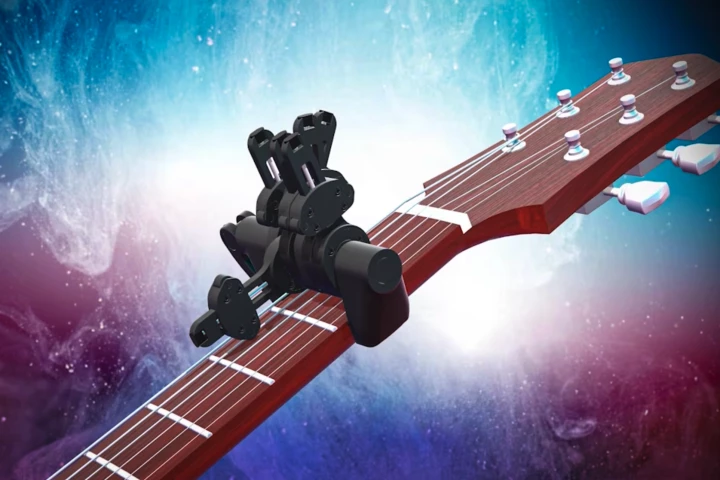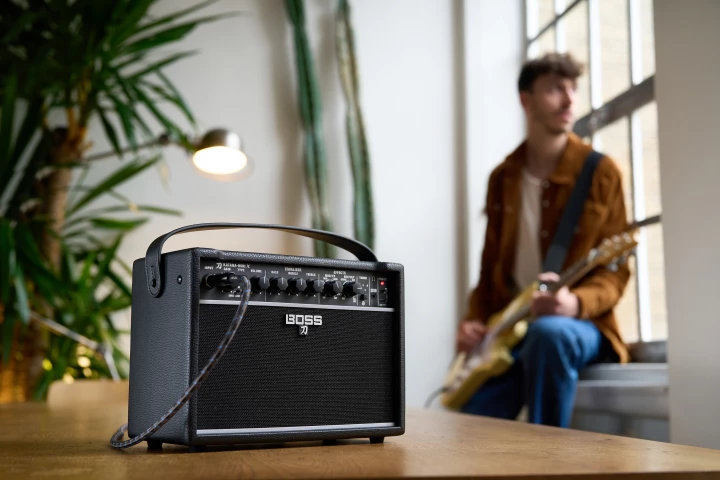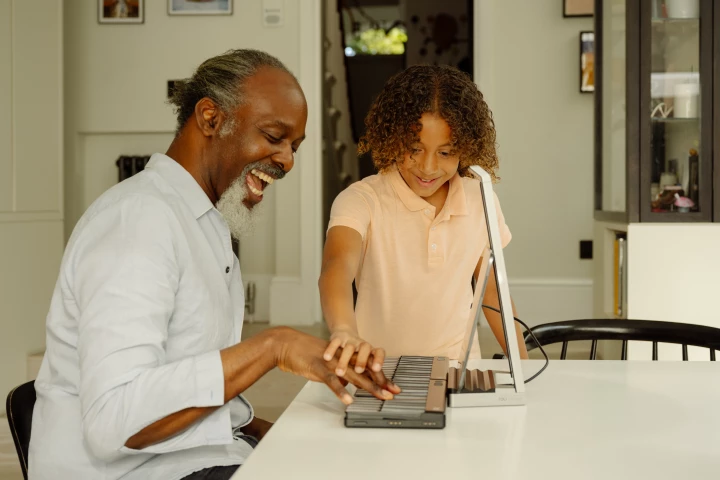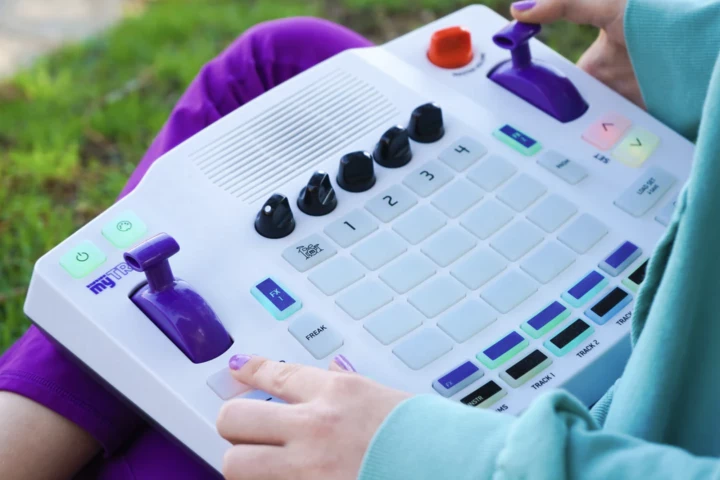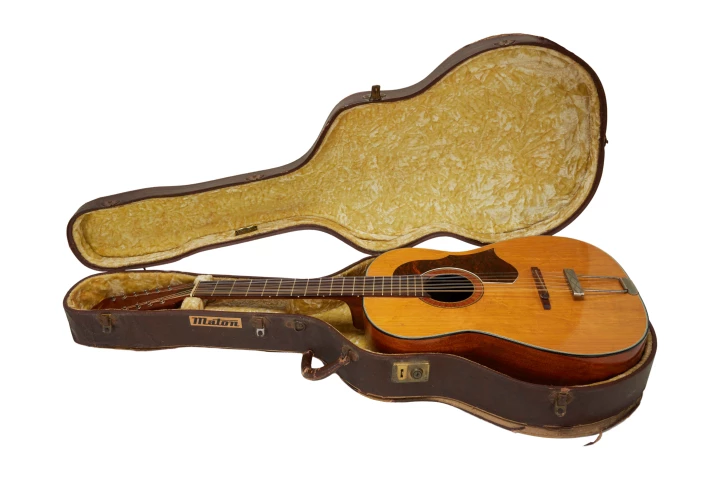Music
Whatever your jam, here's where you'll find the latest technological developments from the world of music.
Top News
-
More than a decade ago, a startup launched on Kickstarter to fund an automated guitar tuner called the Roadie. Now the company has returned to the platform with the smarter, faster, smoother and more powerful fourth generation.
-
You could argue that the American Ultra II is a blasphemy against the purity of Leo Fender's first masterpiece – or you could evaluate this guitar without the baggage of its heritage. Either way, it's certainly a fascinating and inspiring instrument.
-
The humble capo has graced the gig bags of performing musicians for decades, clamping down to change the overall key of a guitar in a single, swift motion. Now, a new take on the capo opens up whole new musical worlds of alternate tunings.
Load More
Latest News
-
February 25, 2025 | Paul RiddenBack in 2016, we featured a stunning wooden machine that employed falling steel marbles to play a merry tune. As plans are drawn up for a new version, its builder has looked back to the designs of Leonardo da Vinci for inspiration.
-
January 24, 2025 | Paul RiddenThe struggle is very real for folks learning to play piano, so much so that many abandon study when faced with painfully slow progress. Roli is offering new hope with the introduction of the Roli Piano with integrated generative AI coaching.
-
January 15, 2025 | Paul RiddenBold guitarists looking to push boundaries can go down the digital processing rabbit hole, but Verso's latest oddball build takes a more mechanical approach to shaping tones with the Sine guitar, featuring movable pickups and active expression.
-
November 21, 2024 | Paul RiddenThough playing through a huge rig can be supremely satisfying, it's not really practical for jamming at home. Boss has birthed a new 10-W combo amp that packs tube-like Katana tones and effects into a battery-powered compact frame.
-
November 05, 2024 | Paul RiddenLava Music has spent the last few years impressing guitarists with a bunch of carbon fiber acoustic/smart guitars. Now the company has taken a bit of a left turn with a string-free touch-enabled digital oddity called the Genie.
-
October 11, 2024 | Paul RiddenWay back in 2016, Yamaha built an actuator into its new TransAcoustic line of acoustic guitars that produced reverb and chorus through the sound hole. The second generation has just launched, and now includes a built-in looper.
-
October 08, 2024 | Paul RiddenLearning to play piano is a hard slog, and many people – myself included – tend to start well, and then lose momentum before giving up entirely. Roli is hoping to keeping students engaged with a gesture-tracking AI teacher called the Airwave.
-
October 07, 2024 | Paul RiddenA little over 10 years ago, a Phoenix-based startup treated acoustic pickers to a bunch of effects directly through the sound hole courtesy of the smartphone-sized ToneWoodAmp. Now the much-improved second generation device has launched.
-
October 03, 2024 | Paul RiddenAnyone sharing a home with a musician will appreciate advances in technology that make for quieter practice. Roland's latest addition to the V-Drums line is claimed to deliver "the lowest playing noise in the history of electronic drum kits."
-
September 23, 2024 | Paul RiddenWhen on vacation, you probably don't want to heft around a 10-lb vintage Les Paul. A compact travel guitar could be an attractive alternative, but will you need to compromise on built-in tech? Not with the latest model from Mogabi.
-
September 05, 2024 | Loz BlainFender's original Mustang Micro was an impressive little headphone amplifier for silent practice and recording – but the brand-new Plus version is a remarkable upgrade that puts a ludicrous range of tone options at your fingertips.
-
July 10, 2024 | Loz BlainJoin us on a trip through Fender's factory, Custom Shop, Master Builder department and head office, in celebration of a radically innovative instrument that continues to find new ways to move music forward, even seven decades after its launch.
-
April 25, 2024 | Paul RiddenA portable music production studio previewed at NAMM 2022 is now crowdfunding on Kickstarter. Playtime Engineering's Blipblox myTracks is designed to give young creators all the tools they need to start making music.
-
April 23, 2024 | Paul RiddenJohn Lennon's 1964 Framus 5/024 Hootenanny famously played on the title track of The Beatles' 1965 album Help! – and believed lost for more than 50 years – is heading to auction next month, where it's expected to break records.
-
March 26, 2024 | Paul RiddenSales of vinyl records have been on the rise for a few years now, but the plastic used to create them is bad news for the enviro-conscious listener. A UK startup is hoping to change that by pressing for plant-based alternatives.
Load More

